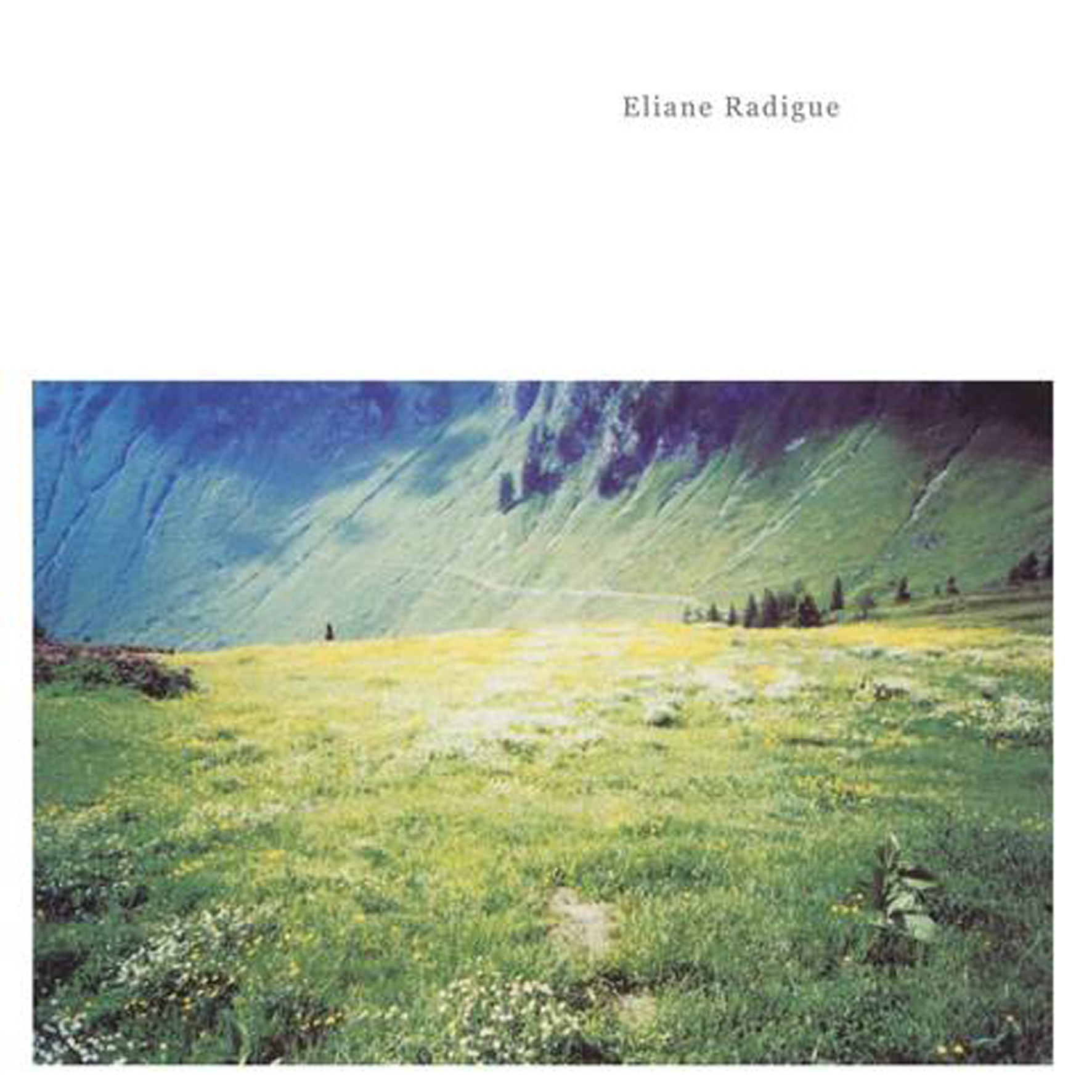Eliane Radigue, "Geelriandre/Arthesis"
 I have mixed feelings about vinyl-only reissues, but there is no denying that they are an extremely effective way to rekindle interest in a long-neglected album that should not be languishing in obscurity. This album is an excellent example of that phenomenon, as Geelriandre/Arthesis has been fairly easy to track down digitally for a while and few were clamoring for it. Now that it is getting a formal physical resurrection, however, it is deservedly back in the public consciousness. As far as Radigue albums go, it is a somewhat unique one, occupying a grey area between the more divergent Alga Marghen albums and her more universally revered drone epics. It shares much more common ground with the latter, but it sometimes feels like an embryonic version that is still partially indebted to the avant-garde zeitgeist of the era. Nevertheless, it is quite a fascinating album, taking an alternate and almost sci-fi-damaged path quite unlike the pure and focused vision of Radigue's later recordings.
I have mixed feelings about vinyl-only reissues, but there is no denying that they are an extremely effective way to rekindle interest in a long-neglected album that should not be languishing in obscurity. This album is an excellent example of that phenomenon, as Geelriandre/Arthesis has been fairly easy to track down digitally for a while and few were clamoring for it. Now that it is getting a formal physical resurrection, however, it is deservedly back in the public consciousness. As far as Radigue albums go, it is a somewhat unique one, occupying a grey area between the more divergent Alga Marghen albums and her more universally revered drone epics. It shares much more common ground with the latter, but it sometimes feels like an embryonic version that is still partially indebted to the avant-garde zeitgeist of the era. Nevertheless, it is quite a fascinating album, taking an alternate and almost sci-fi-damaged path quite unlike the pure and focused vision of Radigue's later recordings.
Eliane Radigue's discography is quite a uniquely confounding chronological mess, as it took an unforgivably long time for the world to recognize her as one of the twentieth century's most singular and gifted composers.That is admittedly true of many other female composers as well, but Radigue has been more prolific than many of her peers.To give an especially damning example, her landmark Adnos trilogy was completed in the early '80s, yet only managed to get released in 2002.While it is not quite on the same level as that opus, Geelriandre/Arthesis also languished unheard for decades, as these two pieces date from the early '70s and only surfaced in 2003 on the Italian Fringes label (it was then reissued roughly a decade later on another Italian label, Senufo).Amusingly, it also just got released again as part of INA-GRM's Electronic Works boxed set, but this reissue is still its first physical release in the US.Interestingly, the earlier of the two pieces ("Geelriandre," recorded in 1972) was composed for the Arp 2500 synthesizer, which soon became Radigue's signature instrument.Apparently, not immediately though, as 1973's "Arthesis" was composed for a Moog synth at the University of Iowa.I would not have expected a visionary Parisian electronic music composer to turn up in Iowa in the early 1970s.I may need to completely reevaluate that state.
I was a bit surprised to discover that "Geelriandre" predates Radigue's deep, lifelong devotion to Buddhism, as its lingering, bell-like tones imbue the piece with a very ritualistic and "Eastern" feel.Or possibly a feel more like a lonely buoy, hollowly chiming in a windswept bay in the dead of night.In either case, it is quite an evocative sound and I am curious about its source, as it has a distinctly "metallic" timbre, and there is no mention of bells or gongs being involved in the performance.Notably, however, "Geelriandre" is a rare duet for Radigue, as it was composed for Gérard Frémy, who accompanies her on prepared piano (likely the source of the bell tones, though they seem improbably deep and sustained at times).The beauty of the composition primarily lies in the fact that it does not feel like a composition at all. Rather it feels like a field recording of a strange and dreamlike ceremony where ancient gongs reverberate in a quietly oscillating, machine-like hum, evoking a time-stretched recording of a Buddhist mass on an abandoned space station. The following "Arthesis" further deepens that sense of haunted otherworldliness, as the pulsating and ghostly minimalist thrum of Radigue's drones partially hides a host of ominous-sounding subterranean groans and scrapes.Again, an empty space station feels like an incredibly apt comparison, but now it feels like there is some massive, unknown creature slowly making its way through the air ducts, announcing its terrifying progress with sounds of distantly shuddering and warping metal.
Despite being a fairly devout fan of Radigue's work, I was a bit slow to fully appreciate this unique and quietly wonderful pair of structurally and temporally ambiguous drone works.I suspect my initial lukewarm reaction was because Geelriandre/Arthesis conspicuously lacks much of what I love about Radigue's major works: elegant, perfect simplicity and gradual, sublime transformation.Both traits are admittedly present on this album to some degree, but they are not the focus, and neither piece feels like it has a deliberate arc or evolution.As a result, I mistook Geelriandre/Arthesis for a primitive version of Radigue's later work until it slowly dawned on me that it was instead a highly evolved version of something else altogether.That is what makes this an important album, as it captures a rare moment when Radigue turned her formidable talents towards texture and mood, as if she was masterfully portraying a single scene in great detail rather than embarking on a transcendent abstract journey.Also, it helps that the two scenes Radigue paints are so alien and weirdly beautiful, as if she was trying to capture the elusive and fragmented dreams of an android.That certainly is not the expected territory for an Eliane Radigue album and partially explains why these recordings languished unheard for so long: these two strange visions were presumably both too far ahead of their time and radically outside of time to be fully appreciated in their own era.



